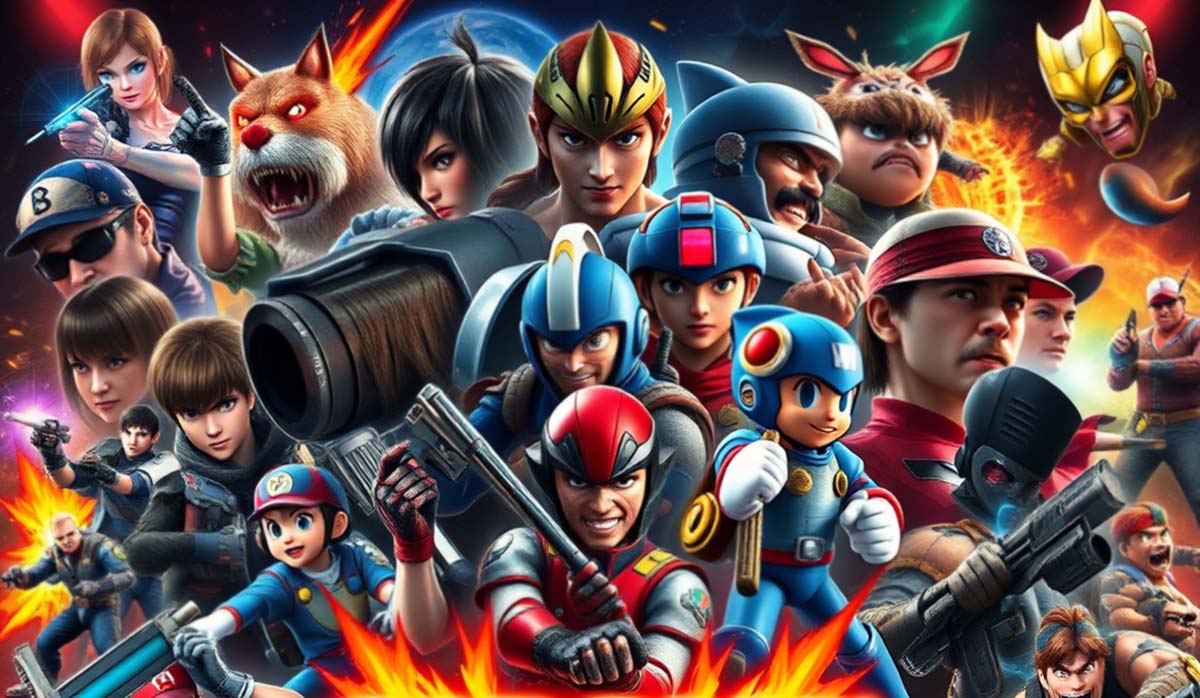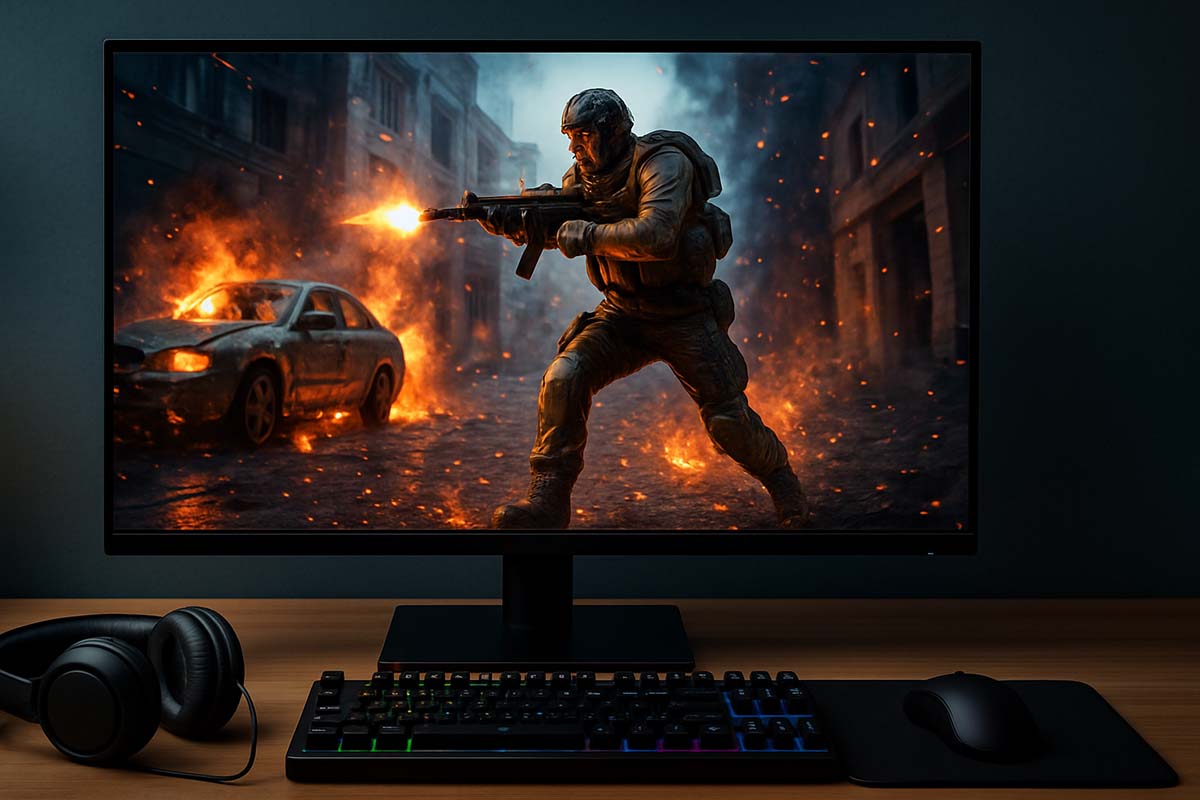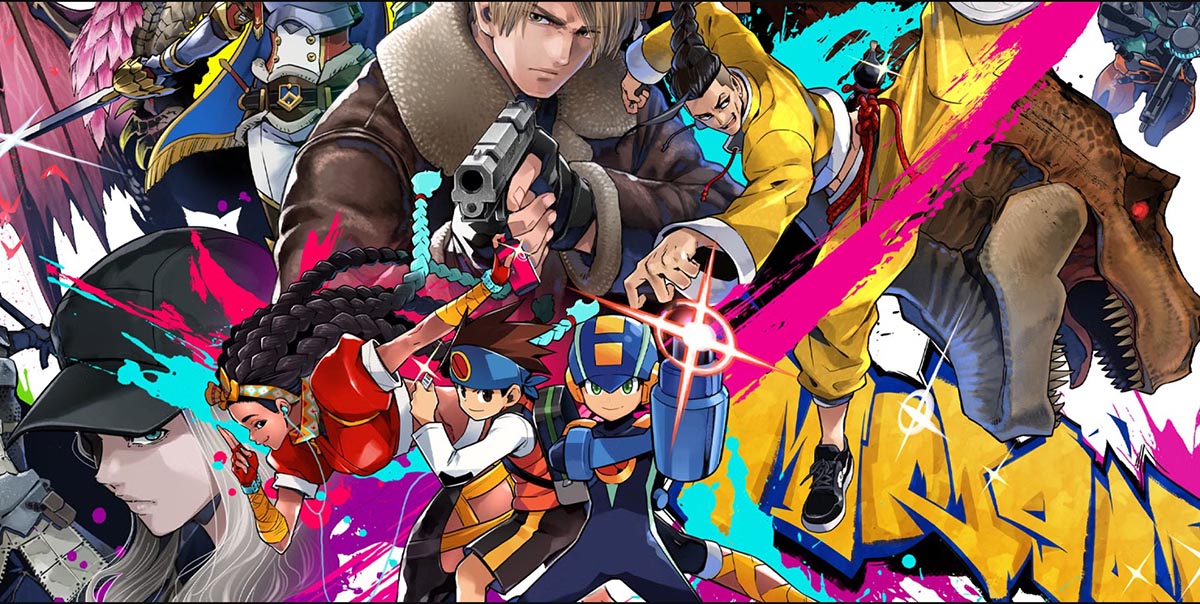Early Days of Capcom Action Titles
The Foundations: Ghosts ‘n Goblins
Capcom’s journey into the world of action games began with a bold vision and groundbreaking ideas. The late 1980s witnessed the arrival of titles like Ghosts ‘n Goblins and Bionic Commando. These early entries introduced players to challenging gameplay, tight controls, and memorable designs that would become hallmarks of Capcom’s identity.
Ghosts ‘n Goblins was a standout, captivating players with its relentless difficulty and haunting atmosphere. Players guided Sir Arthur through perilous landscapes filled with monsters, and each level demanded skill and precision. This title set the stage for Capcom’s focus on creating experiences that were as rewarding as they were challenging.
Grappling into Innovation: Bionic Commando
Meanwhile, Bionic Commando brought innovation by introducing grappling mechanics, allowing players to traverse levels in a way that was novel for its time. It highlighted Capcom’s commitment to pushing boundaries in game mechanics. The grappling hook feature became a defining element, influencing the design of later action games across the industry.
Expanding Horizons: Strider and Forgotten Worlds
As Capcom gained recognition, they expanded their portfolio of action games, each offering unique mechanics that resonated with the gaming community. Titles like Strider and Forgotten Worlds added variety to their growing library, pushing graphical and gameplay boundaries further. Strider introduced fast-paced, acrobatic combat while presenting a futuristic setting that captured the imagination. Its fluid movements and dynamic level designs became defining traits, setting it apart in a crowded market.
Storytelling Emerges: Breath of Fire and Beyond
In addition to these classics, the technical advancements of this era allowed Capcom to experiment with storytelling and character development. Players began to see deeper narratives and multi-dimensional characters, elevating the gaming experience. Games like Breath of Fire, while primarily RPGs, incorporated action sequences that hinted at Capcom’s growing confidence in blending genres. This willingness to innovate became a recurring theme in their development strategy.
Major Milestones in Action Gaming
The Rise of Devil May Cry
As gaming technology advanced, Capcom consistently rose to the occasion. The late 1990s and early 2000s marked a transformative period for the company, with the launch of franchises that defined entire generations. Chief among them was Devil May Cry, a series that redefined what an action game could be. With its fluid combat, intricate combos, and stylish protagonist Dante, it set a standard for cinematic action gameplay. Players were drawn to its fast pace and innovative mechanics, which blended strategy and spectacle seamlessly.
Revolutionizing Survival Horror: Resident Evil 4
Another milestone came with the Resident Evil series, which, though primarily survival horror, incorporated significant action elements. Resident Evil 4 deserves special mention as a title that struck a perfect balance between tension and exhilarating combat. Its over-the-shoulder camera perspective became a template for modern third-person action games. The balance of action-packed sequences and moments of suspense added depth, broadening its appeal to both fans of action and horror genres.
Cooperative Adventures: Monster Hunter
Beyond these, Monster Hunter introduced players to sprawling worlds filled with challenges that required strategy, timing, and teamwork. The franchise’s success underscored Capcom’s ability to adapt its core principles to broader, cooperative experiences. Each new release within these series carried forward Capcom’s tradition of innovation, ensuring that their titles stayed fresh and relevant.
Evolving Heroes: Mega Man X
The evolution of Mega Man also stands as a testament to Capcom’s enduring influence. Though starting as a platformer, the series transitioned to more action-oriented gameplay in titles like Mega Man X. These games introduced faster pacing, new mechanics, and an edgier aesthetic, keeping the franchise relevant in a rapidly changing industry.
Competitive Precision: Street Fighter
Capcom’s influence extended to fostering competitive gaming, with the Street Fighter series cementing its place as a cornerstone of the fighting game community. Though not strictly action in genre, the precision and skill required in Street Fighter mirrored Capcom’s broader ethos, bridging communities and genres. The emphasis on mastery and timing in Street Fighter paralleled the demands of their action titles, reinforcing the company’s commitment to creating games that rewarded dedication.
Modern Masterpieces: Devil May Cry 5 and Monster Hunter: World
The 2010s saw Capcom double down on its action roots with remastered editions of classics and the development of fresh entries in iconic franchises. Devil May Cry 5 served as a culmination of years of innovation, blending elements from earlier titles with modern design sensibilities. Its critical and commercial success underscored Capcom’s ability to adapt to modern gaming trends while maintaining its unique identity.
The decade also saw the rise of multiplayer-focused action games like Monster Hunter: World. This title became a phenomenon, emphasizing online collaboration while retaining the core mechanics that long-time fans loved. Its success brought Capcom’s action games to an even broader audience, cementing its reputation as a global powerhouse.
The Future of Capcom Action Games
Embracing New Technologies
Looking ahead, the future of Capcom action games holds promise. Speculation abounds regarding upcoming releases, as fans eagerly anticipate sequels to beloved franchises and entirely new experiences. With advancements in technology, there is potential for even more immersive gameplay, dynamic environments, and deeper storytelling.
Artificial intelligence and procedural generation are expected to play significant roles, allowing for adaptive enemies and unique player experiences. For example, AI-driven NPCs could challenge players in ways that feel truly unpredictable, keeping gameplay engaging and fresh.
Revisiting Classics
In addition, Capcom’s history suggests a willingness to revisit and modernize classic titles, which could introduce legendary games to new audiences. Players may see reimaginings of iconic franchises or innovative spins on familiar gameplay mechanics.
Cross-Platform and Cloud Gaming
Moreover, the company’s emphasis on accessibility ensures that future titles will cater to a wider audience while retaining the challenge and depth that long-time fans cherish. Cross-platform compatibility and cloud gaming integrations will likely feature heavily, ensuring players can enjoy their favorite games seamlessly across devices. Imagine a world where friends from different platforms hunt monsters together without barriers—this vision seems within reach.
Immersive Experiences in VR and AR
Capcom’s exploration of virtual and augmented reality also opens doors to entirely new types of experiences. Imagine wielding Dante’s sword in an immersive VR environment or hunting monsters with friends in augmented landscapes. Such innovations could redefine the action genre, offering players unprecedented levels of engagement.
Enhanced Storytelling
The company’s commitment to storytelling is another avenue ripe for exploration. Games like Dragon’s Dogma demonstrate how Capcom integrates rich narratives into their action titles. Future projects may see even greater emphasis on character development and world-building, adding layers of depth to already engaging gameplay. With better tools for facial animation and voice acting, Capcom can create stories that resonate on an emotional level, bridging the gap between games and interactive cinema.
Player-Driven Development
Community involvement has also played an increasingly significant role in shaping Capcom’s direction. Open betas, feedback surveys, and forums allow players to influence game development directly. This approach ensures that new titles resonate with fans while addressing concerns and suggestions. The synergy between Capcom and its player base will likely grow, creating a collaborative environment that benefits both parties. Additionally, fan-created mods and content could be integrated into official releases, further blurring the lines between creators and players.
Sustainability in Development
Finally, sustainability in game development has become a key focus. Capcom’s efforts to reduce environmental impact, such as adopting energy-efficient practices and minimizing waste in physical production, demonstrate a forward-thinking approach. As gaming continues to expand globally, these initiatives position Capcom as a responsible and progressive leader in the industry. Players are increasingly mindful of the environmental footprint of their favorite hobbies, and Capcom’s efforts align with this growing awareness.
A Bright Future
Capcom’s enduring legacy in the action genre stems from a blend of innovation, respect for tradition, and a deep understanding of player expectations. As gaming continues to evolve, so too will the experiences crafted by this industry leader. Their dedication to pushing boundaries, embracing new technologies, and maintaining strong connections with their community ensures that the future of Capcom action games will be as bright as their storied past.



